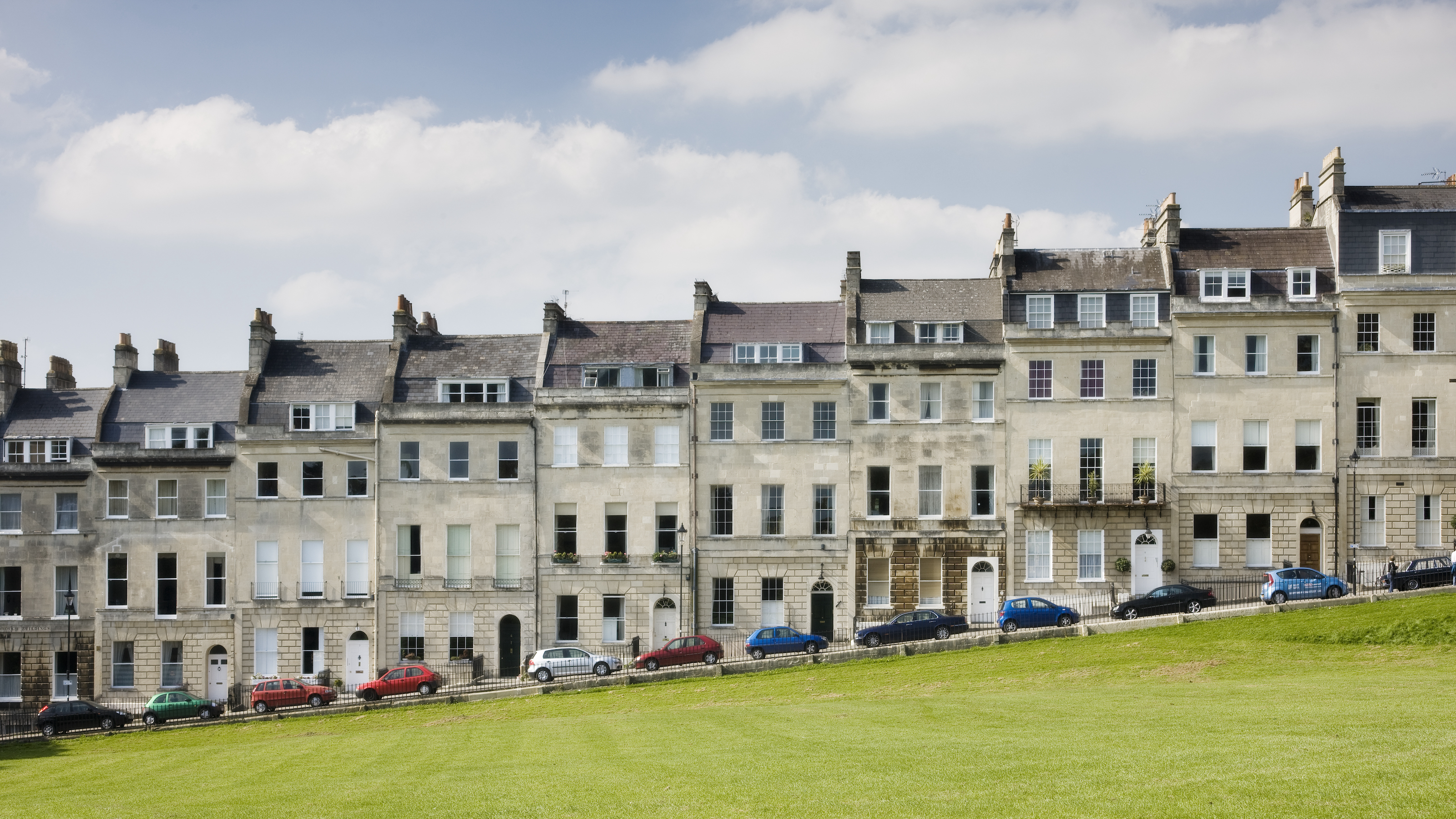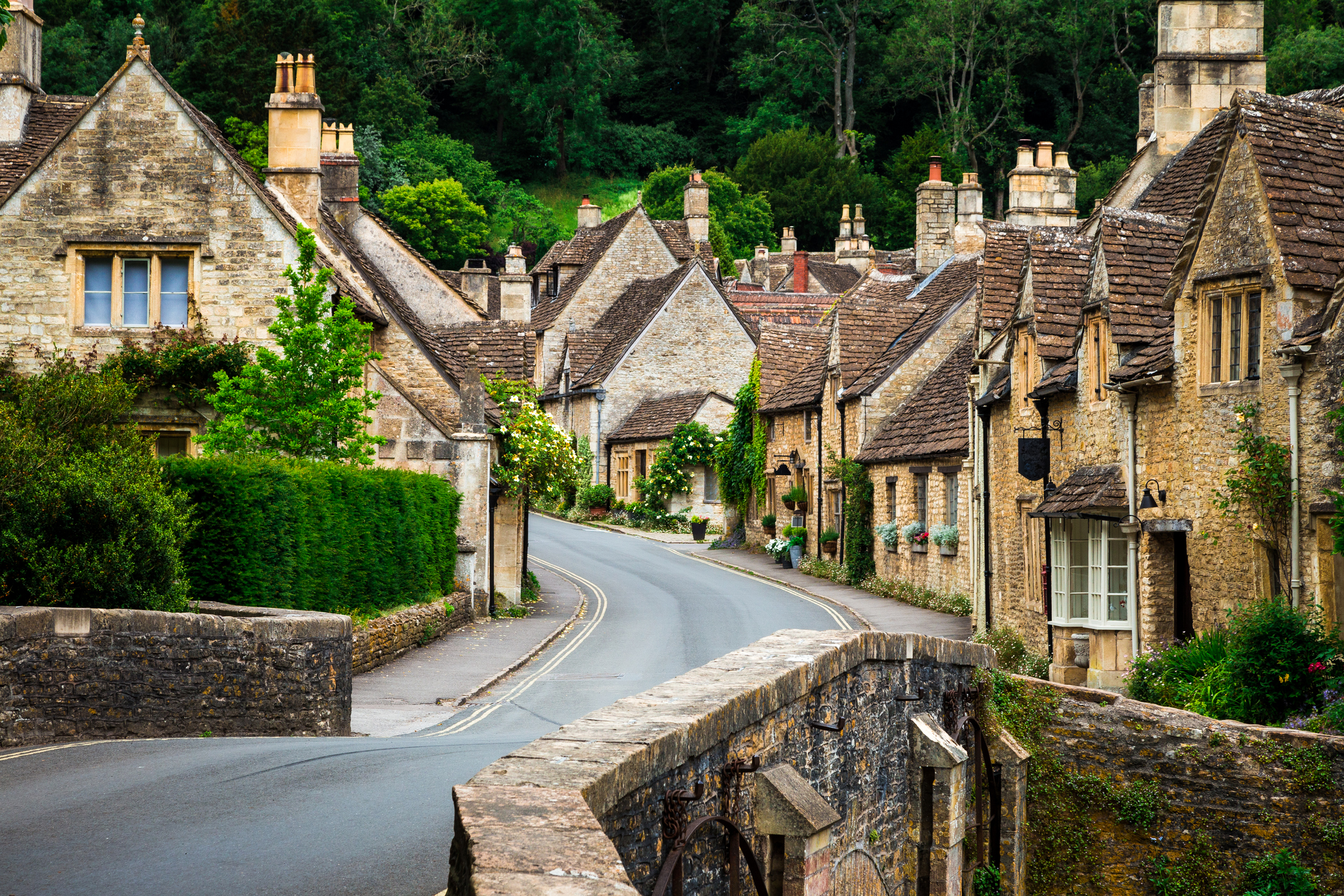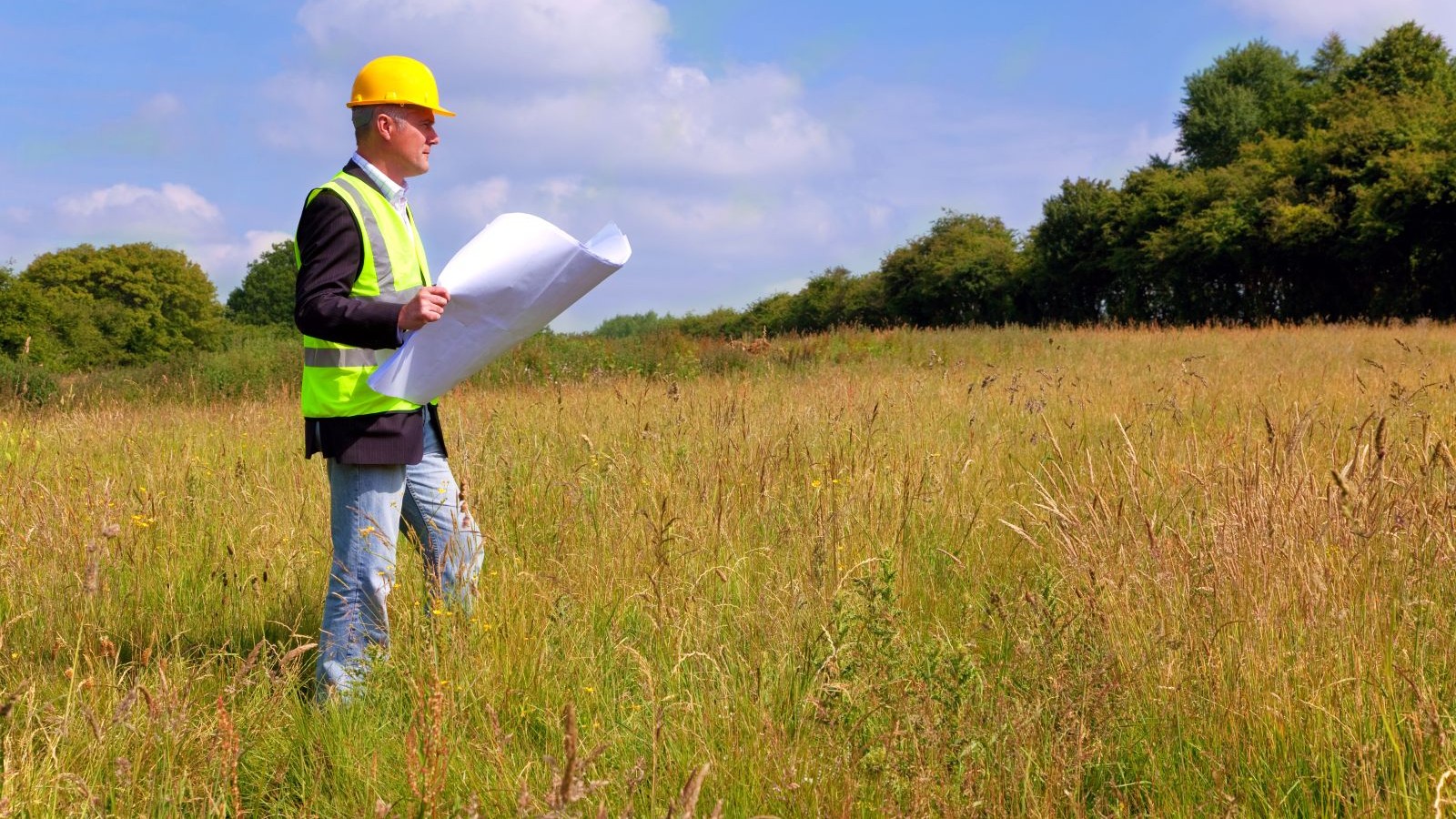5 things to know before buying a house in a conservation area
There are advantages to living in a conservation area, but it can have downsides. Our guide has the details you need

Buying a house in a conservation area can be appealing. The area has special architectural or historical interest, making the surroundings as well as the house you’re interested in attractive.
But there’s more to think about when you’re buying a house than the appearance of the immediate locality. Along with benefits, a conservation area brings what you may consider as disadvantages when it comes to the changes you can make as a homeowner.
To assist you in deciding if the upsides of buying in a conservation area outweigh the downsides, we’ve put together a guide to all the things you should know about purchasing a home in one.
1. There are different types of conservation area

Subscribe to Plotfinder.net to access over 15,000 building plots and properties that could become your next project
Conservation areas are a broader category than you might realise, and they can be the location of houses built much more recently than you would suppose.
In general, conservation areas are those of special architectural or historic interest, the character or appearance of which it is desirable to preserve or enhance. However, there are different types. In England, those in which you are likely to be house hunting include the centre of a historic village, town or city, a fishing or mining village, 18th, 19th and 20th century suburbs, or model housing estates, which includes late 20th century housing projects.
Usually conservation areas are designated by the local planning authority although in London, Historic England can do so.
Be aware that while they are designated for conservation, in the case of areas of outstanding natural beauty (AONBs) this is because of their exceptional landscapes. They can, however, include villages and small towns and they are subject to planning controls as conservation areas are (see below).
2. Conservation areas offer an attractive environment
The rules pertaining to conservation areas mean that living in one of these should offer an environment of quality, and one that won’t change in character because of the limits on how properties in the area can be altered.
And residents of conservation areas are reported as showing satisfaction with where they live. A 2012 study by the London School of Economics for Historic England found that residents of conservation areas valued living there.
However, when you’re buying, the particular conservation area needs to be one whose appearance you appreciate to make living there a sound choice. If you want a more historic environment, for example, a late 20th century housing project’s conservation status may not be equally attractive.

3. You might pay more to live in a conservation area
Buying a house in a conservation area can require a larger budget than the one you’d need for a similar home outside the area.
“A home in a conservation area may well cost more than one that isn’t in a conservation area as the former tends to be a more desirable location,” says James Shaw, director of buying agency Prime Purchase.
Of course, there could be a benefit when you come to sell so it’s worth weighing up whether to compromise on an aspect like house size in order to own a property in a sought-after area.

James joined buying agency Prime Purchase in 2015 after working for two of the largest national property agencies, both as a partner and office head. James combines local knowledge with his professional contacts across five counties, and offers unbiased, independent advice to clients, giving them the peace of mind that each property has been robustly examined.
4. Conservation areas mean planning controls
If you buy in a conservation area, you need to be ready for extra planning controls. Their purpose is to preserve the area’s historical and architectural elements so it continues to be special.
A house in a conservation area can be affected by article 4 directions, which restrict changes like replacing doors or windows, for example, or changing gutters, and which wouldn’t normally need planning permission.
Work on trees in conservation areas – unless they are very small – also requires the homeowner to notify the local authority. And the authority might make the tree subject to a tree preservation order if it believes it contributes to the area’s character.
Article 4 directions are specific to the conservation area and made according to the elements of the area the authority wants to protect, so it’s the local planning authority who can tell you more about what applies.
5. Permitted development rights are not the same in conservation areas
If you are interested in buying a house in a conservation area because you want to extend it or make some other changes, bear in mind that this isn’t as straightforward as it would be away from a conservation area. This is because permitted development rights are more restricted than they are outside it, as well as because of article 4 directions (see above).
“Permitted development rights are almost entirely removed from conservation area properties,” says Thomas Goodman, construction expert at MyJobQuote. Although he notes that some works may be allowed under the general permitted development order if they are not deemed too disruptive.
Bear in mind, too, the time and uncertainty this adds to projects. “You will almost always need to apply for planning permission but this may not be granted,” says Thomas.
To find out whether what you might consider doing is likely to be feasible, check to see if the local authority provides guidelines and information about the conservation area you can consult. If you do go ahead and buy, Thomas advises, “Getting the application right the first time is extremely important and always use experienced architects and planning consultants who are local or who have successfully worked with a similar project.”

Thomas Goodman has worked in the construction industry for over 20 years. Thomas continues to work on building projects, while also providing expert construction and property advice to industry professionals and DIY enthusiasts via the MyJobQuote platform.
Living in a conservation area can bring advantages at the level of your local environment. However, it comes at the price of extra restriction on some aspects of what you can do with your home. What’s important is to be aware of the trade-off before you buy, so you can make an offer for a home in one of these areas with your eyes open.

Get the Homebuilding & Renovating Newsletter
Bring your dream home to life with expert advice, how to guides and design inspiration. Sign up for our newsletter and get two free tickets to a Homebuilding & Renovating Show near you.
Sarah is a freelance journalist and editor writing for websites, national newspapers, and magazines. She’s spent most of her journalistic career specialising in homes.
She loves testing the latest home appliances and products, and investigating the benefits, costs and practicalities of home improvement. She is an experienced renovator and is currently remodelling the ground floor of her new home.
She was Executive Editor of Ideal Home and has worked for Your Home and Homes & Ideas. Her work has published by numerous titles, including The Guardian, channel4.com, Houzz, Grand Designs, Homes & Gardens, House Beautiful, Homes & Antiques, Real Homes, The English Home, Period Living, Beautiful Kitchens, Good Homes and Country Homes & Interiors.
